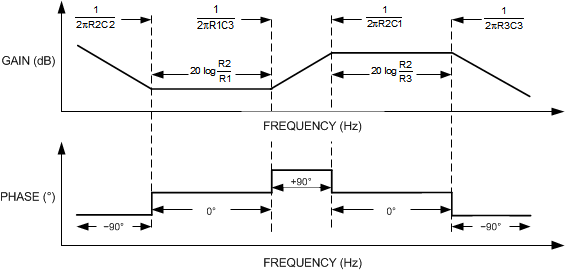JAJSEU0G March 2003 – February 2018 TLV2460A-Q1 , TLV2461A-Q1 , TLV2462-Q1 , TLV2462A-Q1 , TLV2463A-Q1 , TLV2464A-Q1
PRODUCTION DATA.
- 1 特長
- 2 アプリケーション
- 3 概要
- 4 改訂履歴
- 5 Pin Configuration and Functions
-
6 Specifications
- 6.1 Absolute Maximum Ratings
- 6.2 ESD Ratings
- 6.3 Recommended Operating Conditions
- 6.4 Thermal Information: TLV2460x-Q1
- 6.5 Thermal Information: TLV2461x-Q1
- 6.6 Thermal Information: TLV2462-Q1
- 6.7 Thermal Information: TLV2462A-Q1
- 6.8 Thermal Information: TLV2463x-Q1
- 6.9 Electrical Characteristics: VDD = 3 V
- 6.10 Electrical Characteristics: VDD = 5 V
- 6.11 Operating Characteristics: VDD = 3 V
- 6.12 Operating Characteristics: VDD = 5 V
- 6.13 Typical Characteristics
- 7 Parameter Measurement Information
- 8 Detailed Description
- 9 Application and Implementation
- 10Power Supply Recommendations
- 11Layout
- 12デバイスおよびドキュメントのサポート
- 13メカニカル、パッケージ、および注文情報
パッケージ・オプション
デバイスごとのパッケージ図は、PDF版データシートをご参照ください。
メカニカル・データ(パッケージ|ピン)
- PW|8
サーマルパッド・メカニカル・データ
- PW|8
発注情報
9.2.2 Detailed Design Procedure
The following section shows the detailed design procedure. See Equation 2 for the type-3 compensation gain.

Type-3 compensation poles and zeros are shown in the preferred asymptotic graph; see Figure 56. Relocate the compensation poles and zeroes by changing the values of the resistors and capacitors according to the compensation requirement. The operational amplifier cannot achieve the preferred case because of the open-loop gain and phase limitation of the amplifier.
 Figure 56. Preferred Asymptotic Graph
Figure 56. Preferred Asymptotic Graph The poles and zeros are calculated assuming C2 >> C1 and R1 >> R3. This assumption is correct because the C1 and R3 components set the high frequencies.
This TLV226x-Q1 device type-3 compensation circuit design boosts the gain and phase for the DC-to-DC converter around 30-KHz resonance frequencies. This corresponds to 1 µH and 22 µF for the output filter.
The operational amplifier is configured as type-2 compensation by omitting the C3 capacitor. Type-2 compensates the DC-to-DC converter with an output capacitor with a series resistor ESR; see Equation 3.
